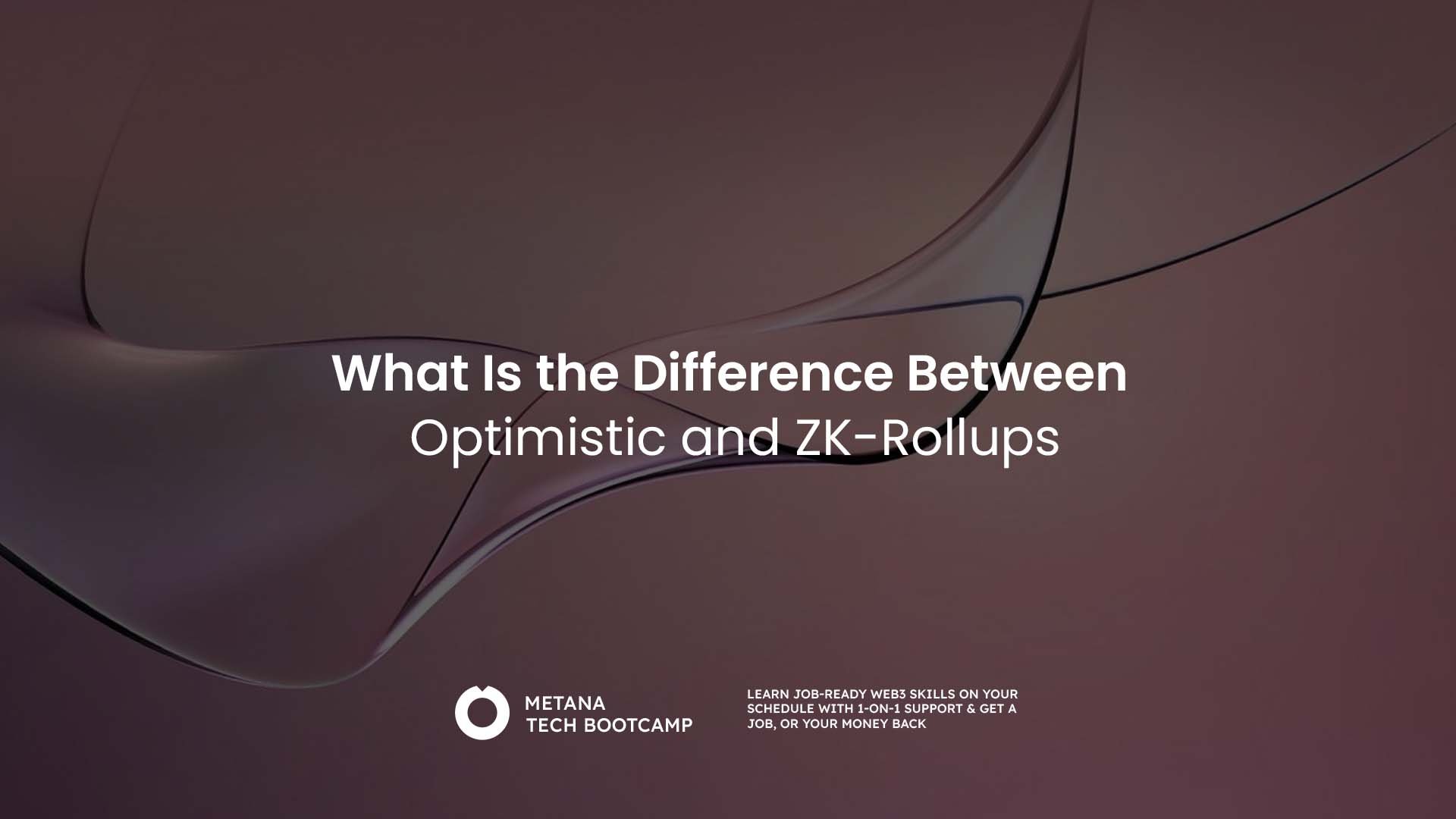
Ethereum Layer 2: Understanding Optimistic vs. ZK-Rollups

image
Ethereum's Layer 2 scaling solutions address network congestion through two primary approaches: Optimistic Rollups and Zero-Knowledge (ZK) Rollups. Understanding their differences is crucial for users and developers.
Optimistic Rollups process transactions off-chain and post minimized transaction data to Ethereum mainnet, initially assuming all transactions are valid. They rely on a challenge period (typically 7 days) where validators can dispute fraudulent transactions. This solution offers immediate transaction finality but requires a waiting period for withdrawals.
ZK-Rollups, conversely, use complex mathematical proofs (Zero-Knowledge proofs) to validate transactions before submitting them to mainnet. They generate cryptographic proof for each batch of transactions, ensuring immediate finality and faster withdrawals. However, they require more computational power and are more complex to implement.
Key Differences:
- Speed: ZK-Rollups offer faster withdrawal times
- Security: Both are secure, but ZK-Rollups provide mathematical certainty
- Cost: Optimistic Rollups are generally cheaper to operate
- Complexity: ZK-Rollups are more technically challenging to implement
Use Cases:
- Optimistic Rollups: DeFi applications, NFT marketplaces
- ZK-Rollups: High-frequency trading, payments, applications requiring immediate finality
Popular implementations include Arbitrum and Optimism for Optimistic Rollups, and zkSync and StarkNet for ZK-Rollups.
